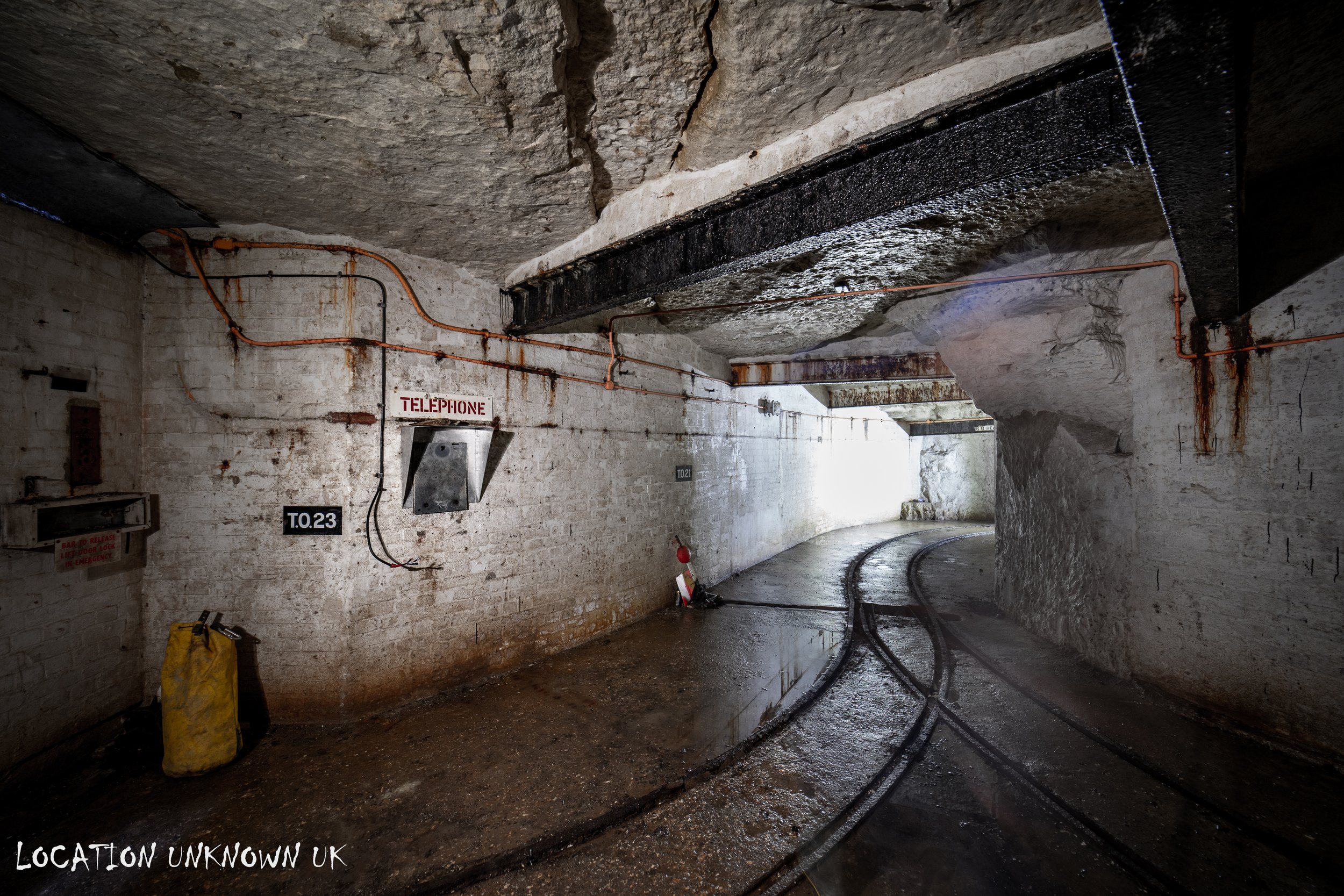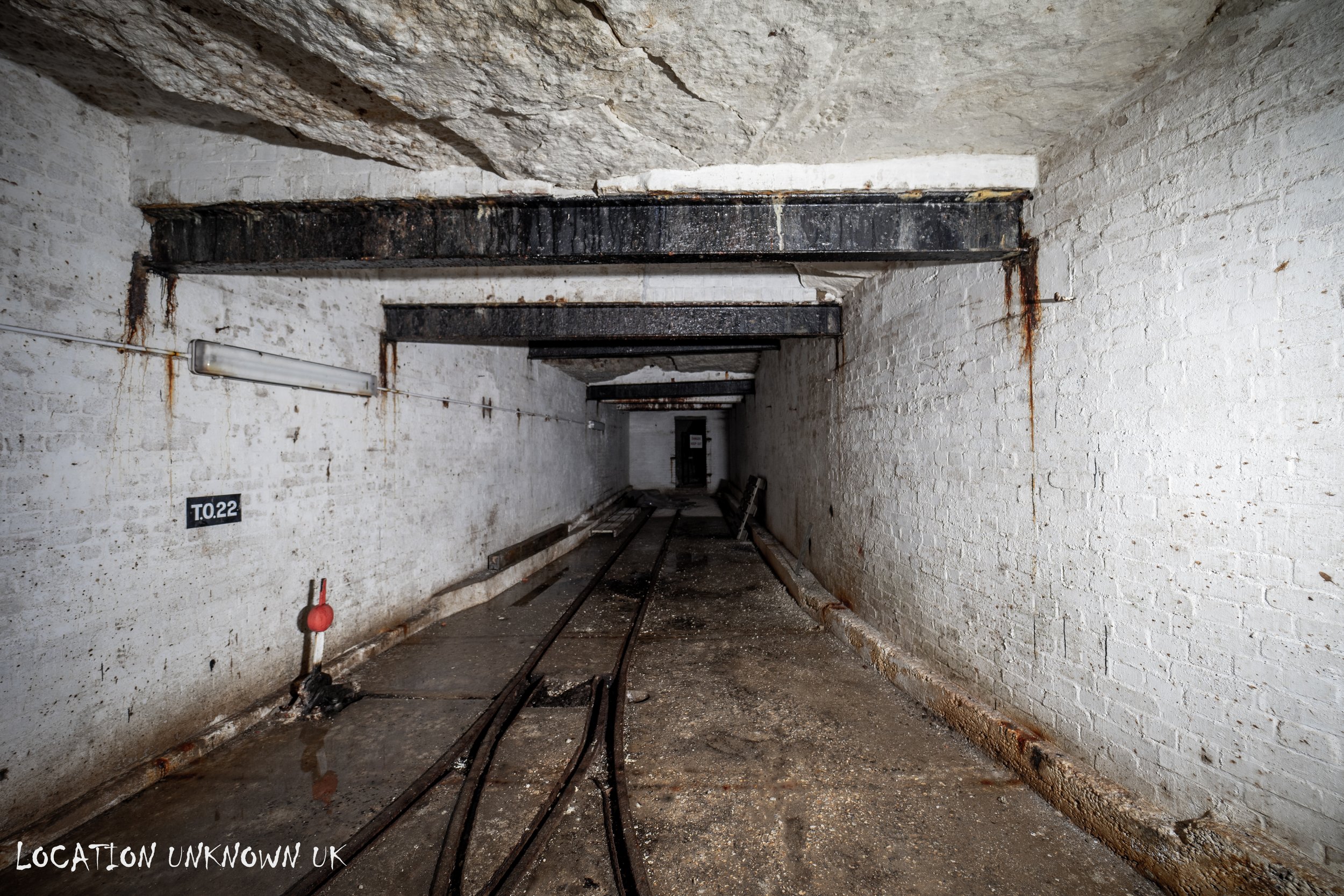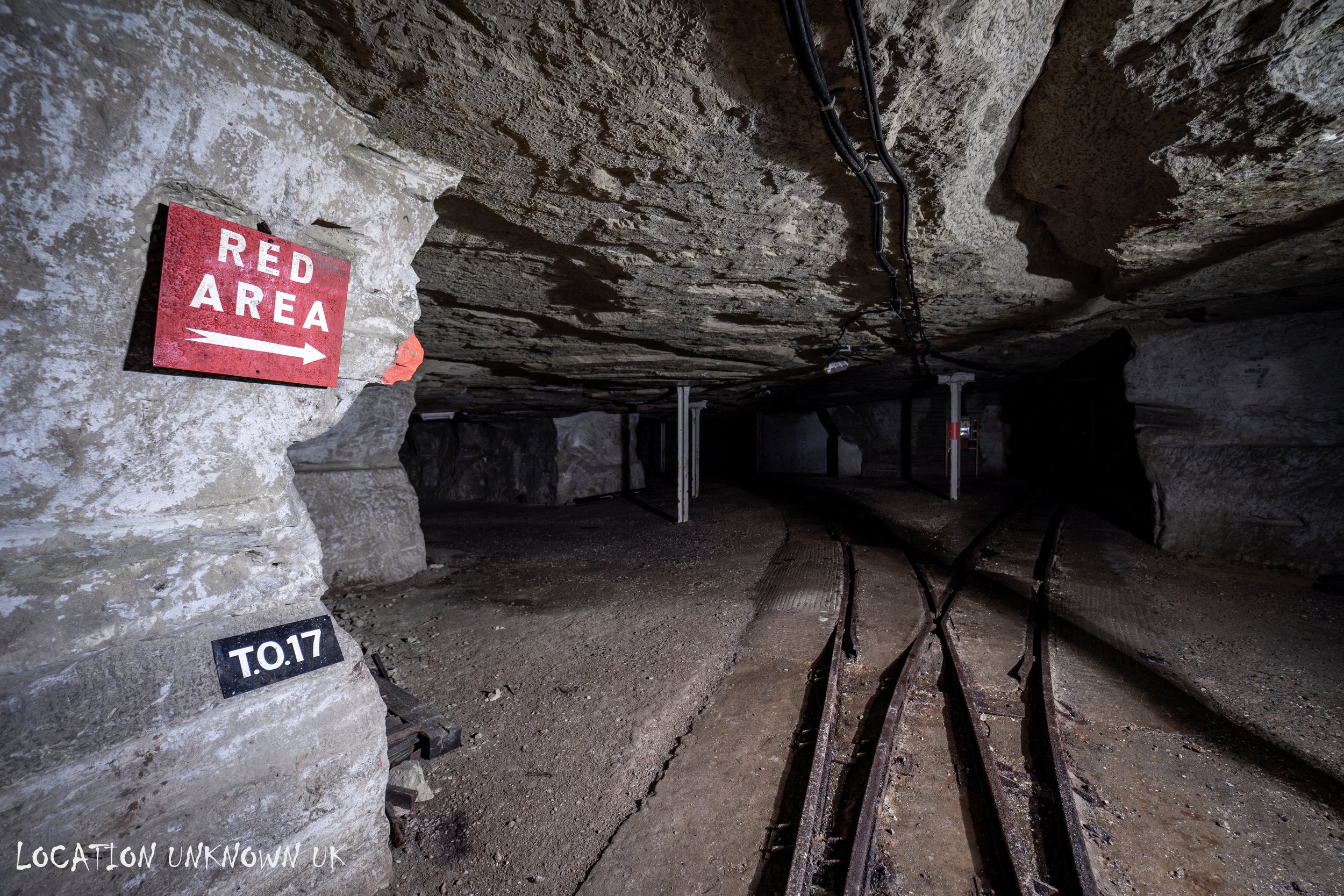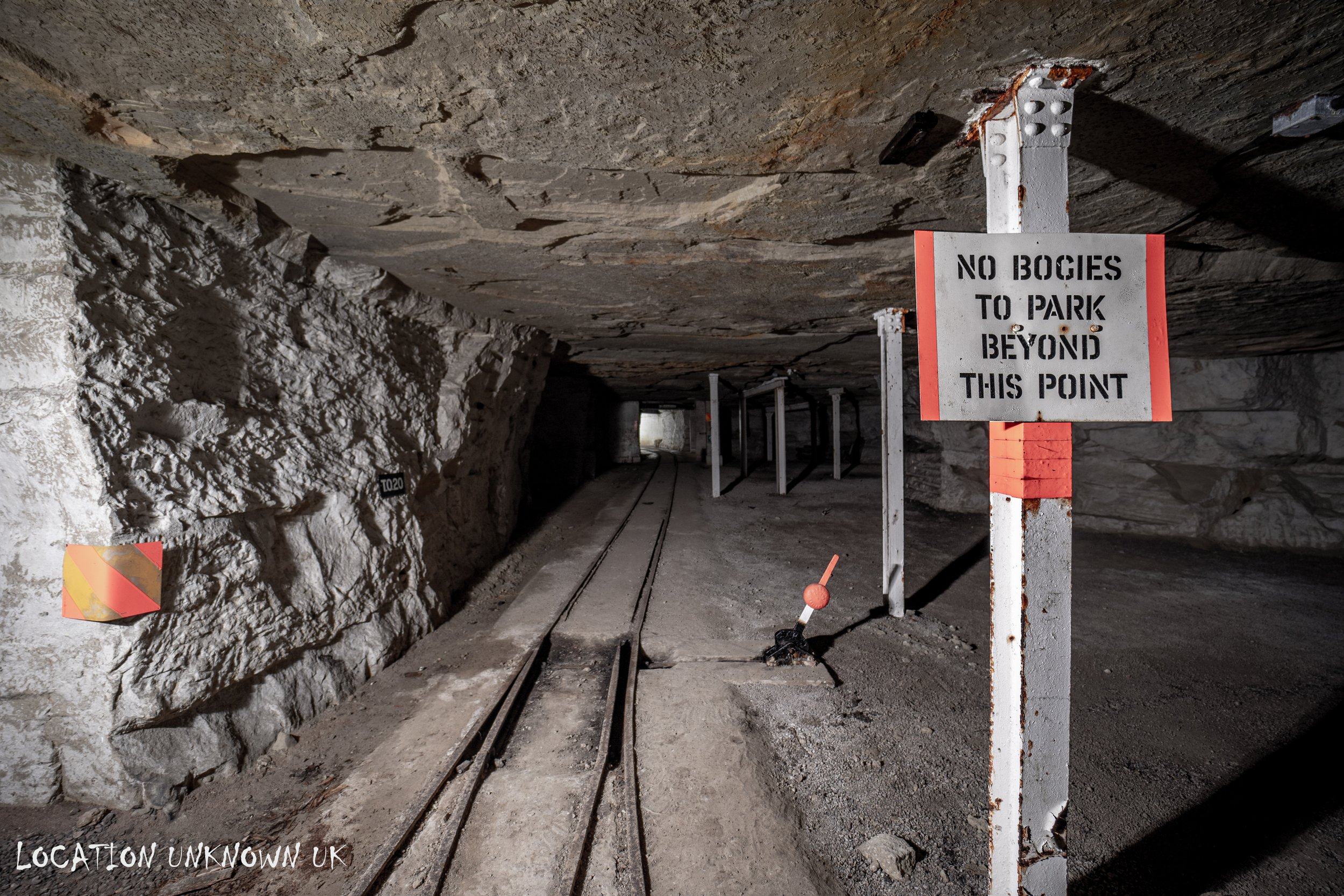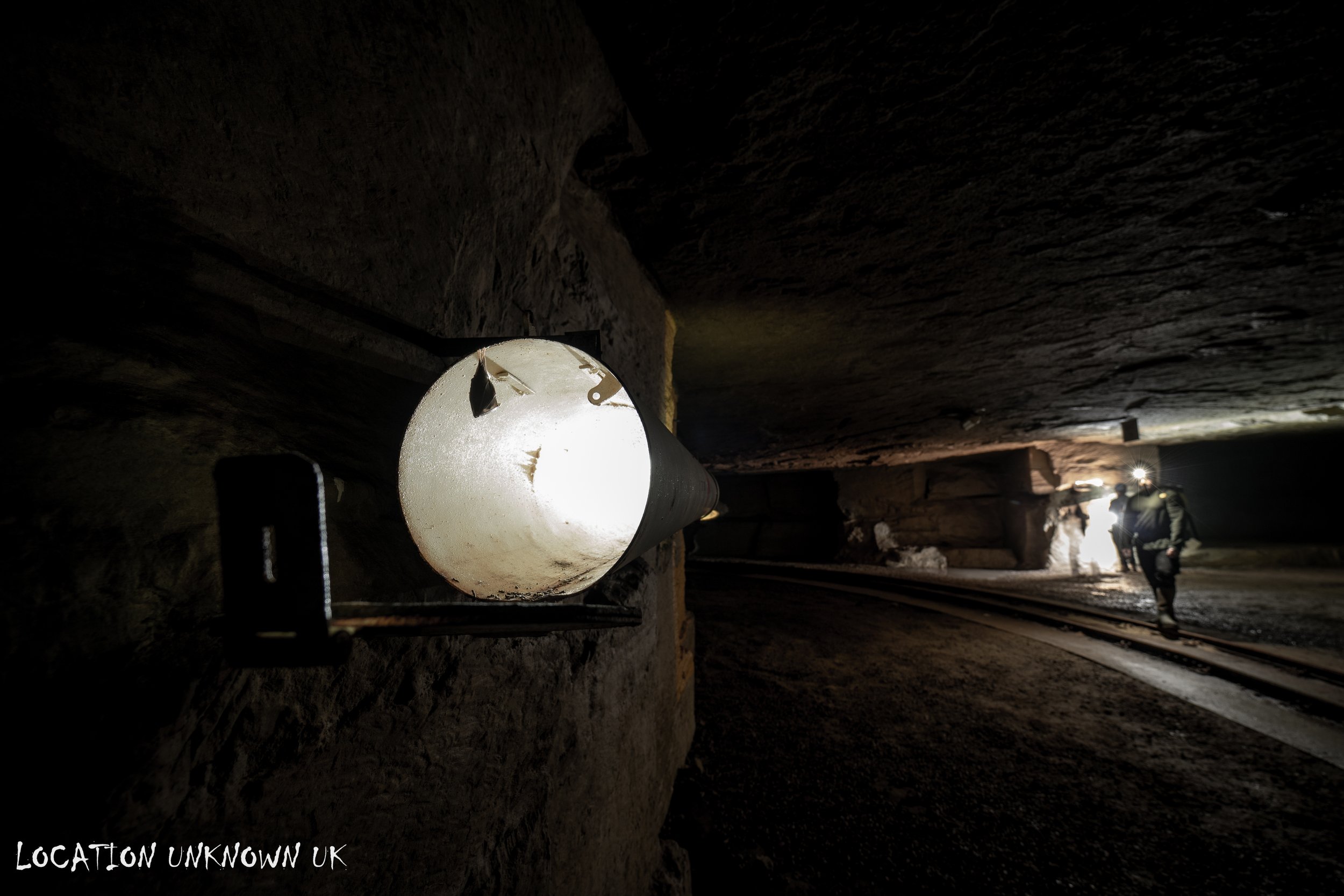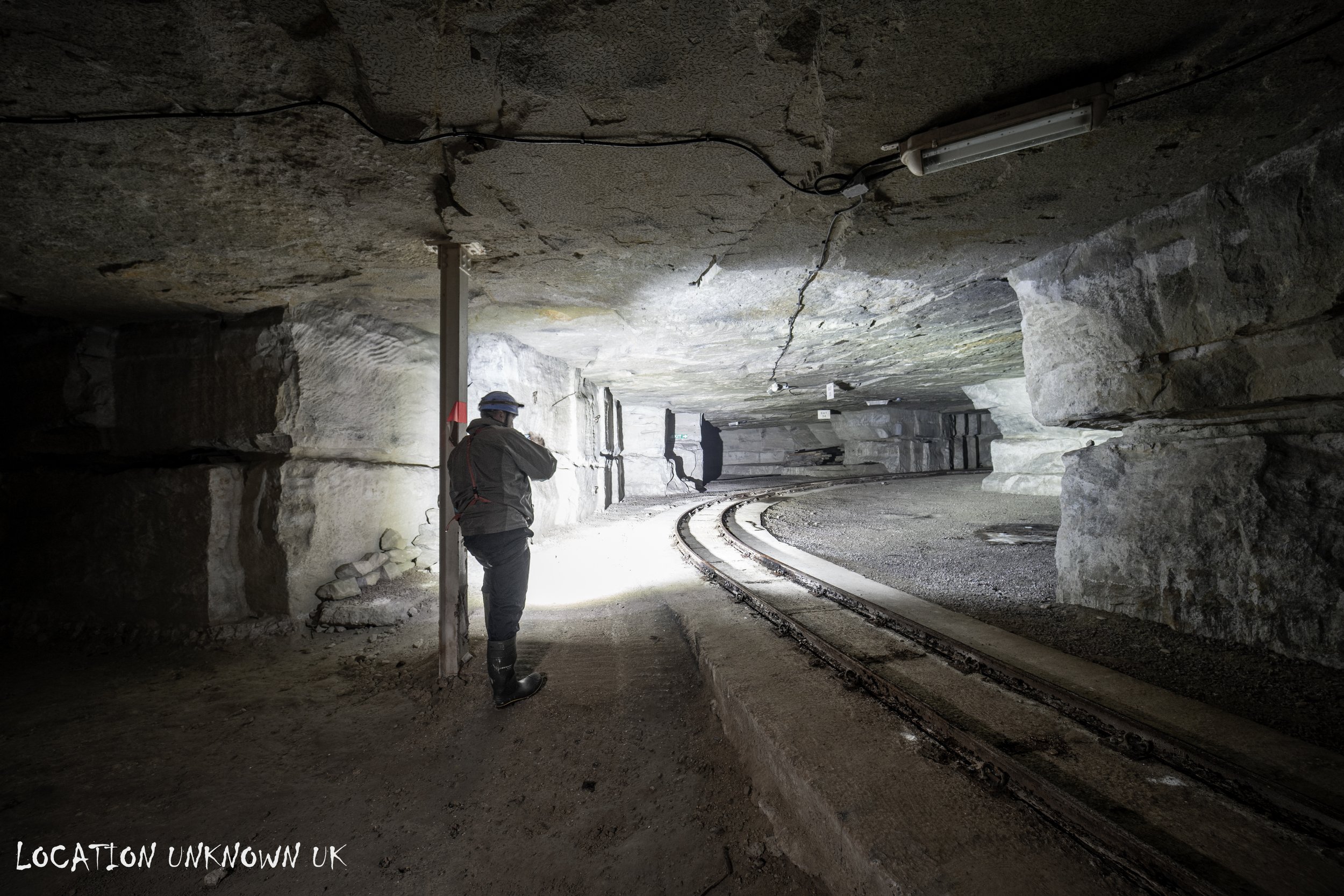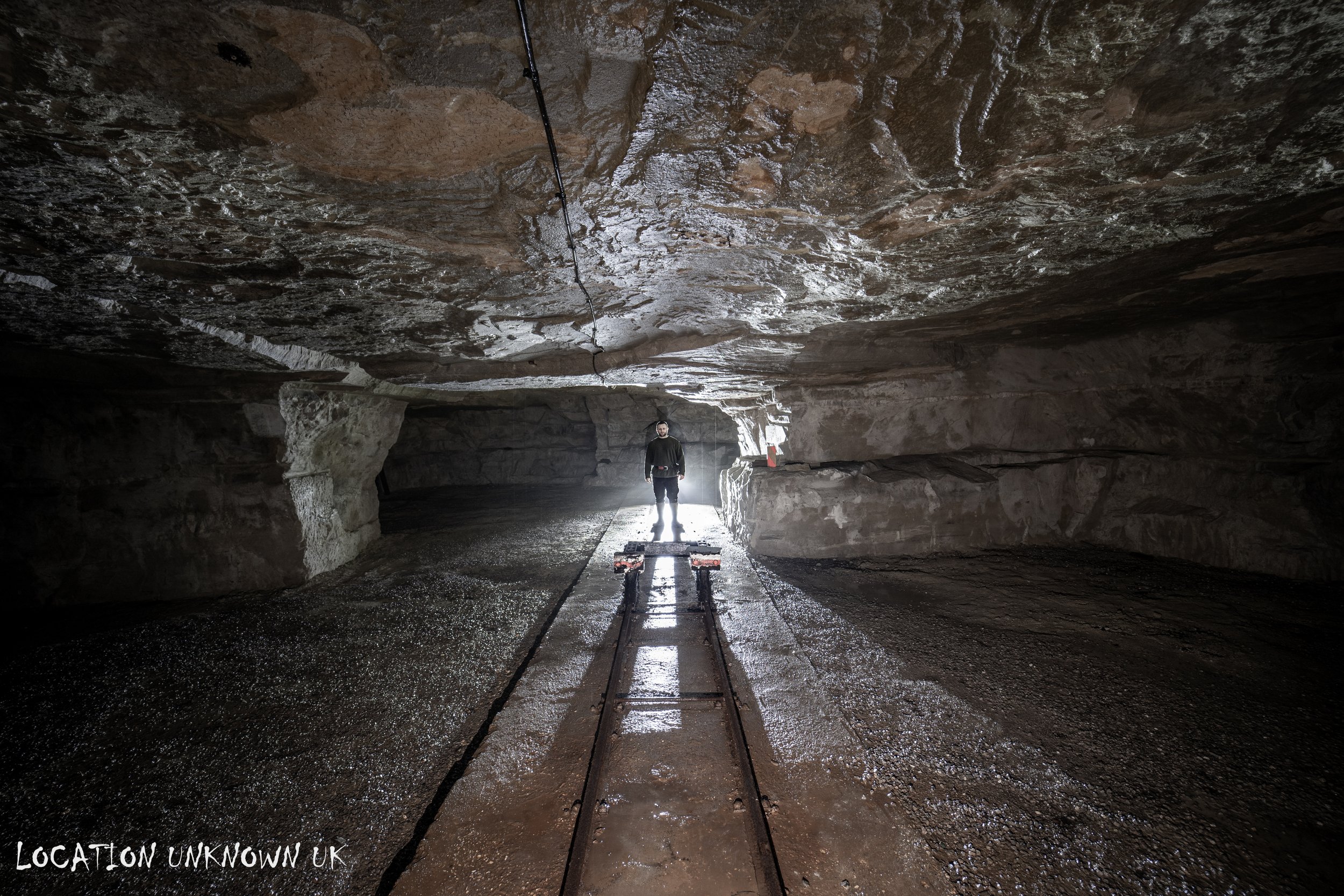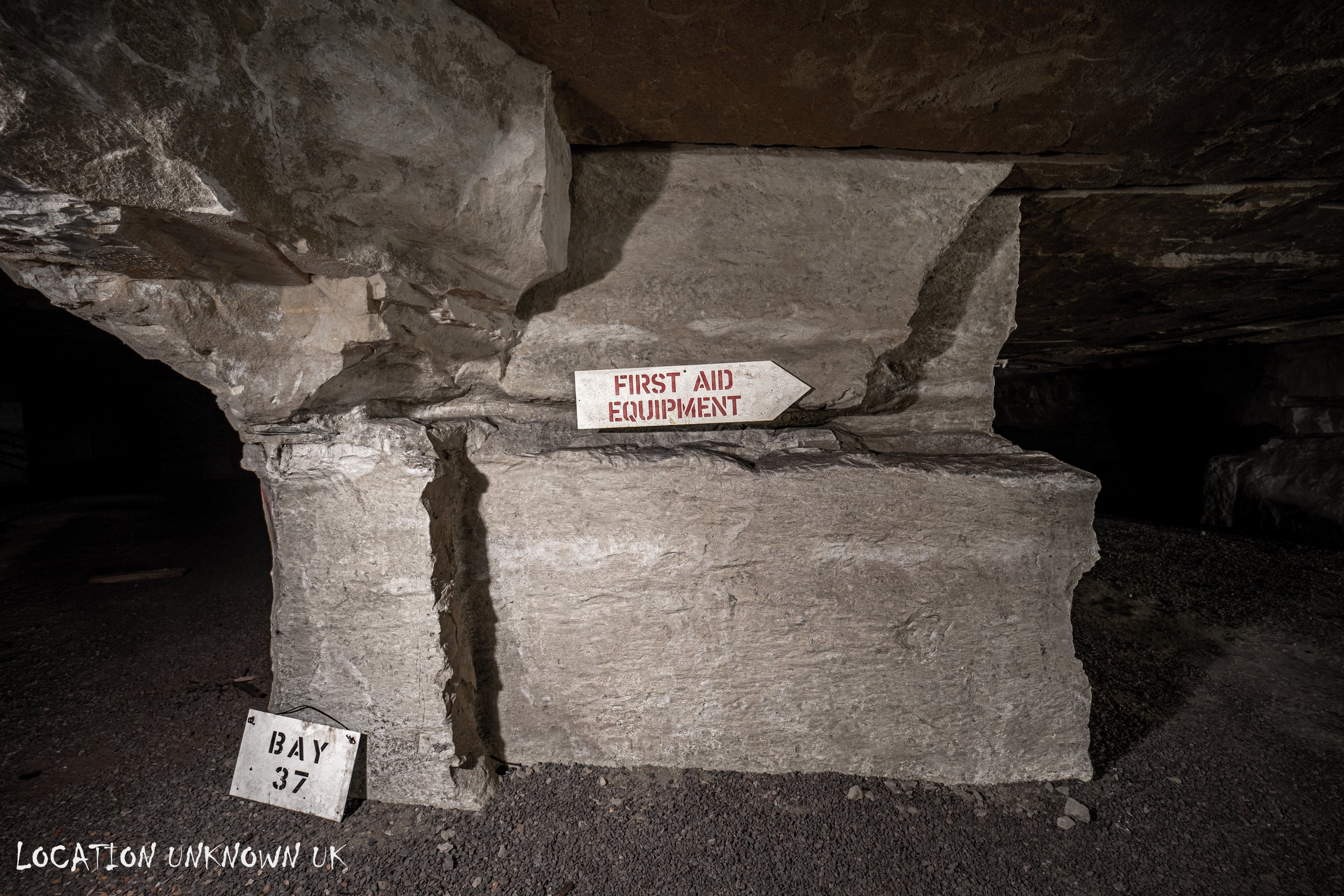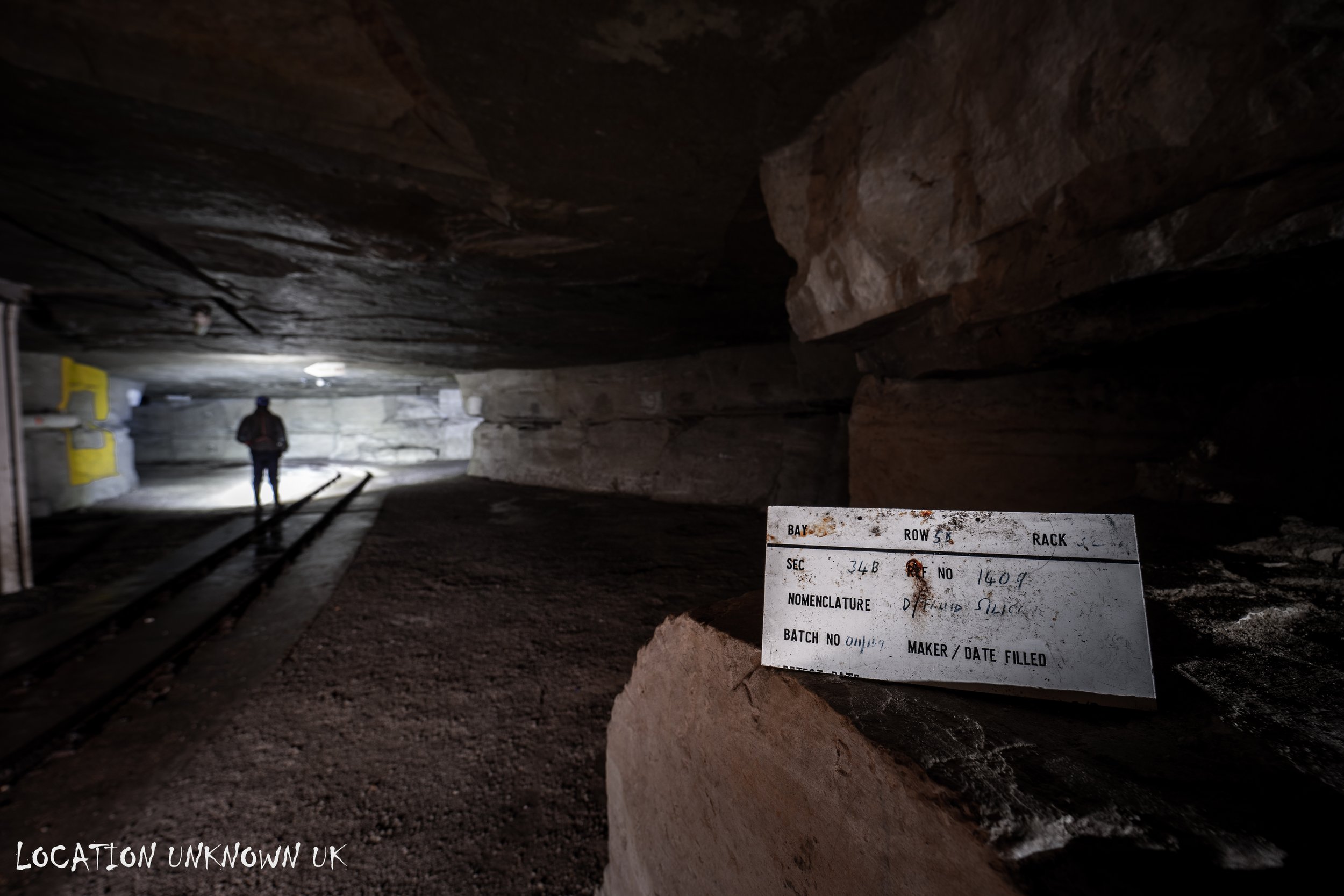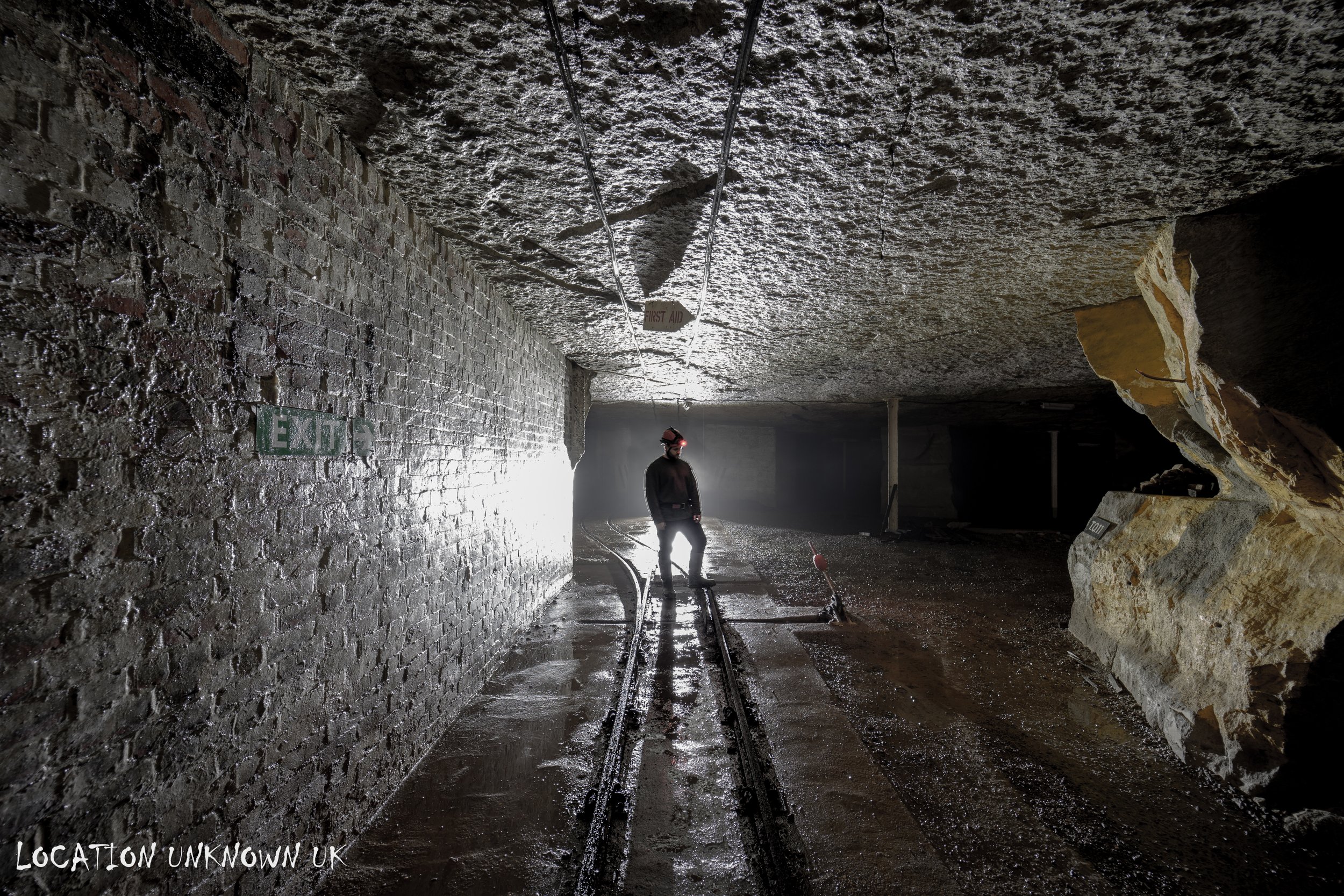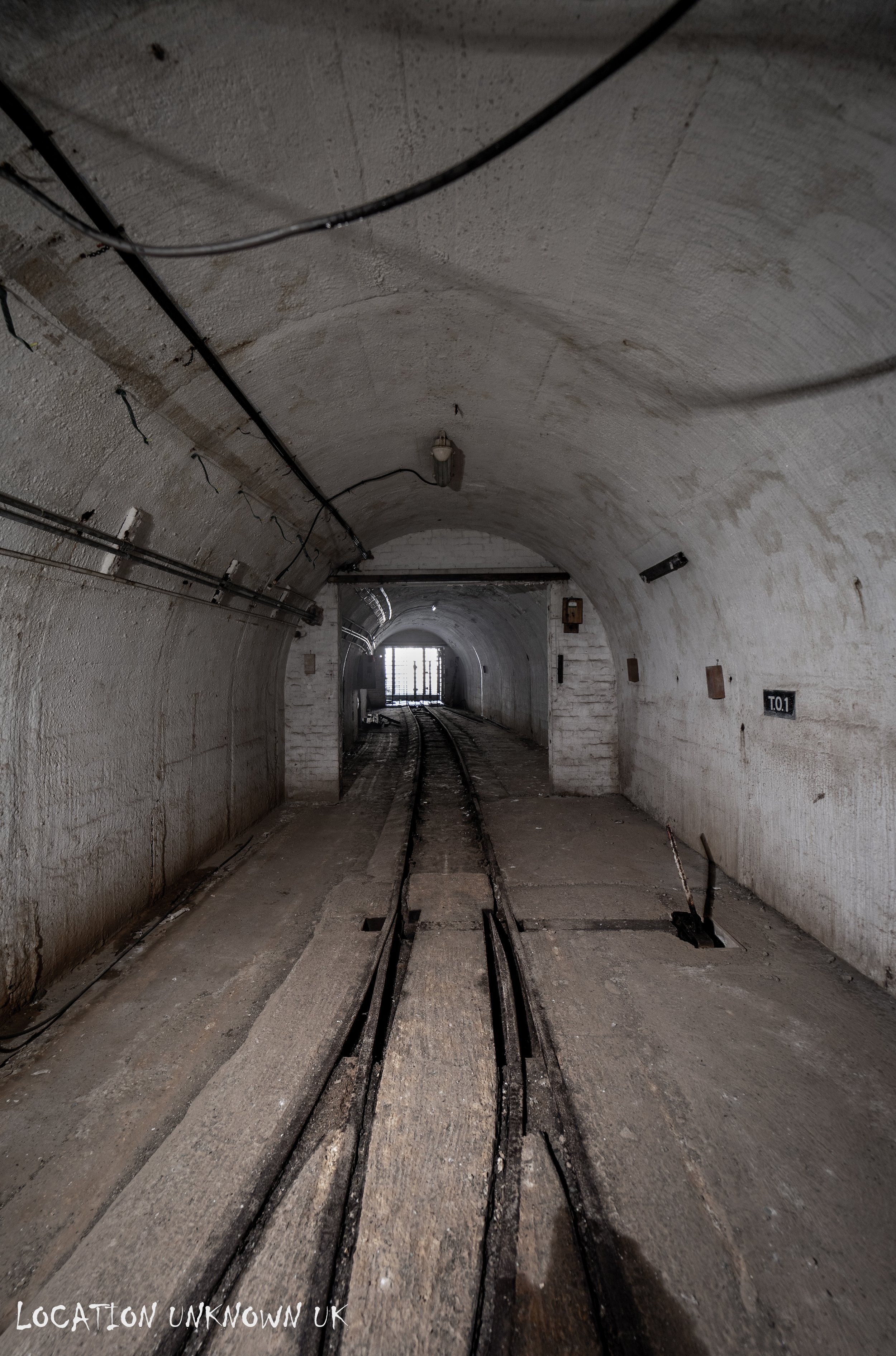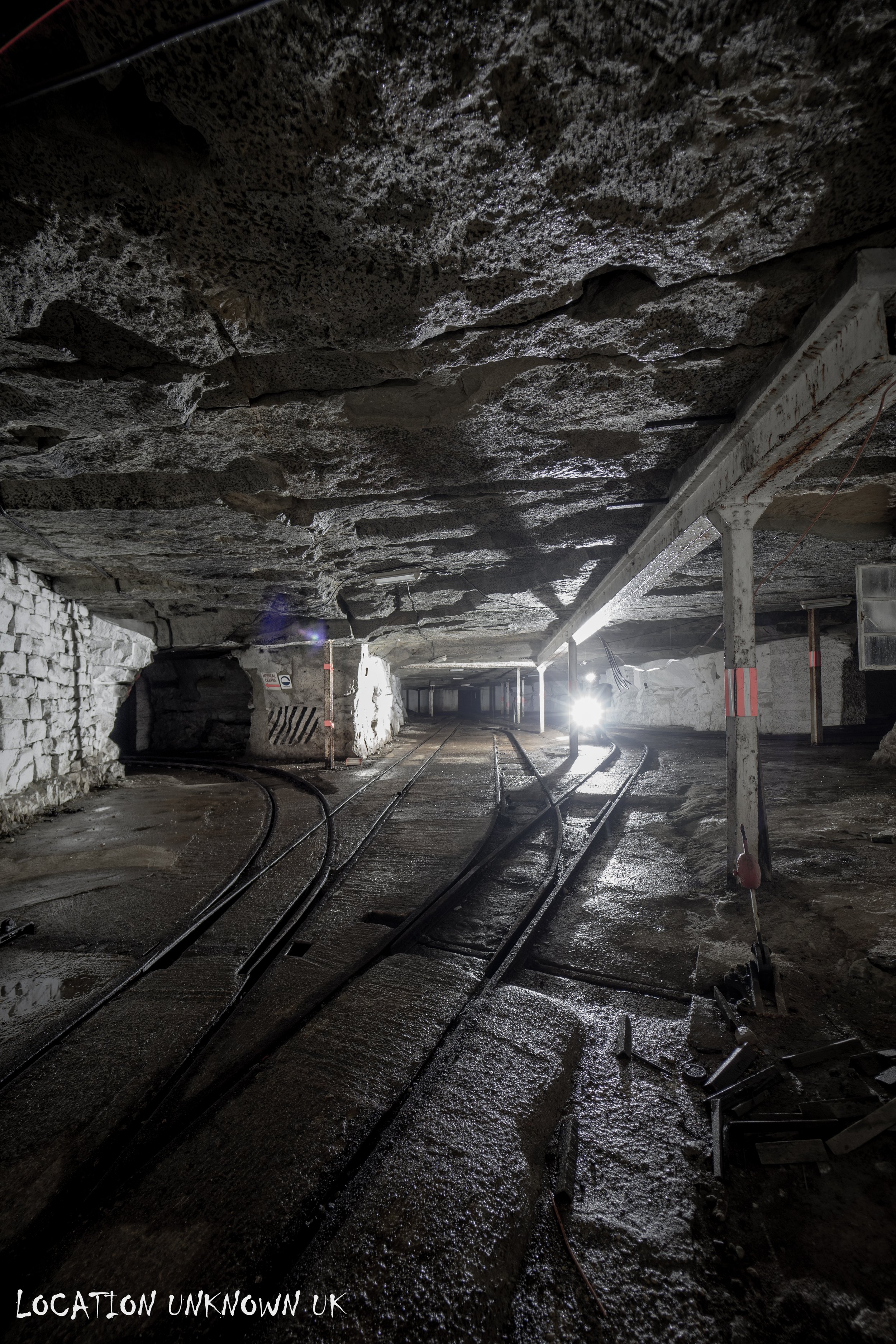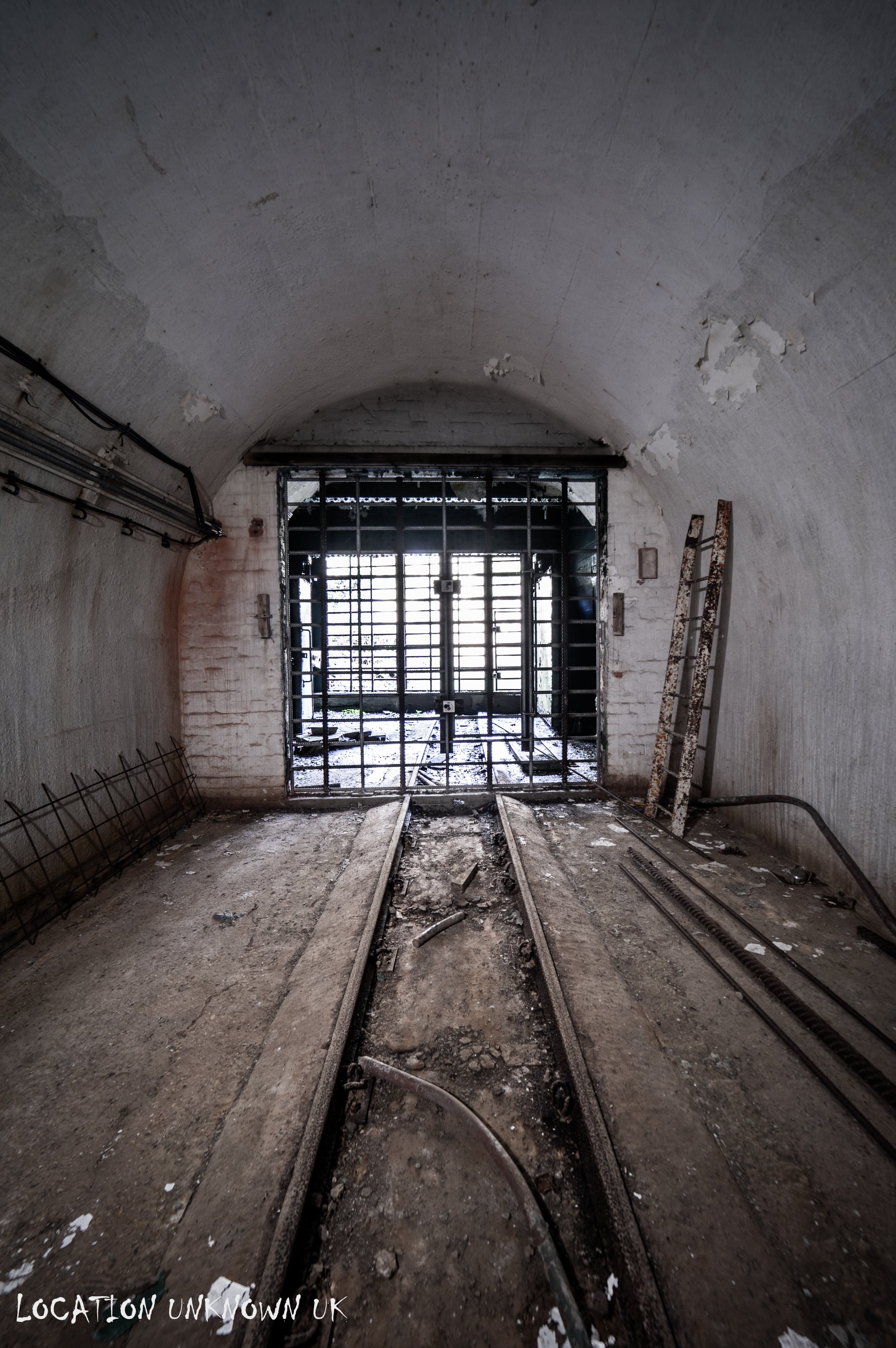RAF Chilmark - Wiltshire
The day started early with a 4hour drive down south to the bottom end of Wiltshire. A place that hadn’t been visited by explorers in over 6 years had recently been done and not wanting to miss the opportunity we headed down the following weekend of the news being shared. A surprise encounter past Stonehenge with the sunrise just behind made the sorrows of a long early drive instantly vanish and we were now only half an hour away. Parking out of the way not to raise suspicion we kitted up and headed for the trees.
Wiltshire is home to vast amounts of underground workings, mainly stone mines. Within these stone mines often reside bats which are some of the most highly protected animals in the UK. Its because of this things tend to get sealed up fairly quickly around there so timing was essential, I had been victim to this just a few weeks before when in the same area I was planning on visiting a well known mine that had been open for a few months. By the time I had arrived however the emergency escape shaft which was the way I planned to enter had been block by a mass pile of debris, this was presumably the work of the landowner who had gotten tired of people trespassing on his land.
This time it seemed the speedy response had worked in our favor as the access was still there. After setting the ropes up being careful to protect against the sharp concrete ledge we were all quickly descending the air shaft and inside the mine without detection. Due to the site being so well sealed (for the most part) it was quite a gem, virtually no graffiti throughout the system and most of the original signage still present along the walls. To our amazement the switch gear on the narrow gauge track was still in working order!.
Places like this are hard to come by as ones in this kind of condition are either completely sealed or run by an active group of volunteers so it was a pleasure to be able to see.
History
“RAF Chilmark, located in Wiltshire, was once a pivotal part of the UK’s defense infrastructure. Established in 1936, it served primarily as an ammunition depot designed to store and distribute munitions across the country during both WWII and the Cold War. The station’s underground complex was meticulously carved into the region’s chalk hills. This design shielded the facility against potential WWII air raids and later provided resilience against the threat of nuclear attacks during the Cold War. Chilmark’s underground areas were specifically purposed for storing bombs, munitions, and explosives, which could be efficiently dispatched to other stations when needed. To ensure safe and rapid transport of these materials, RAF Chilmark utilized an integrated railway network that spanned both above and below ground, connecting storage areas with surface depots and a nearby mainline. In the early 1980s, as part of ongoing defence infrastructure upgrades, the UK Home Office began plans to enhance regional military readiness in the southwest. This included constructing a new Regional General Headquarters (RGHQ) bunker to replace the ageing Sub-Regional Control bunkers. The new headquarters, designated RGHQ Chilmark, was designed to succeed RGHQ 7.1 near Ullenwood, Gloucester, and RGHQ 7.2, which operated out of the converted ROTOR R6 bunker at Hope Cove. Construction on this new RGHQ began in earnest in 1985, and within three years, a two-level bunker, approximately 200 feet long and 40 feet wide, was completed on Ministry of Defense land next to RAF Chilmark’s extensive rail interchange sidings. Despite the presence of unused subterranean bomb storage facilities at RAF Chilmark, the new Home Office bunker did not integrate these existing underground areas. Instead, a hillside was excavated down to bedrock to establish a new foundation for the bunker. A reinforced concrete structure, with two-foot-thick walls, was constructed and then covered with at least ten feet of earth to maintain a low above-ground profile. Above ground, only a series of ventilation stacks on the hillside and two inclined entrance shafts hinted at the structure’s existence below. Inside, the RGHQ Chilmark bunker was carefully laid out to separate operational and living spaces.Nearly a third of the facility was devoted to critical support installations, including standby generators, power distribution cubicles, and air-conditioning systems. However, the strategic needs for facilities like RAF Chilmark and RGHQ Chilmark diminished rapidly following the end of the Cold War and the collapse of the Soviet Union in 1992. As a result, RAF Chilmark was closed as a depot in 1994, with ordnance disposal efforts continuing until 1997. The underground complex was subsequently sealed and abandoned, and RGHQ Chilmark was placed into care and maintenance after only a brief period of operation. Sometime after its closure, the RGHQ bunker was sold to a private individual, and it has since changed hands again. Most recently, it became the subject of a police investigation regarding its suspected use as a cannabis farm. Today, RAF Chilmark reflects the strategic and logistical demands of a time defined by global conflict and the looming threat of nuclear war. Its extensive underground facilities, designed to protect critical munitions and personnel, underscore the lengths taken to safeguard the nation during an era of high geopolitical tension”.
